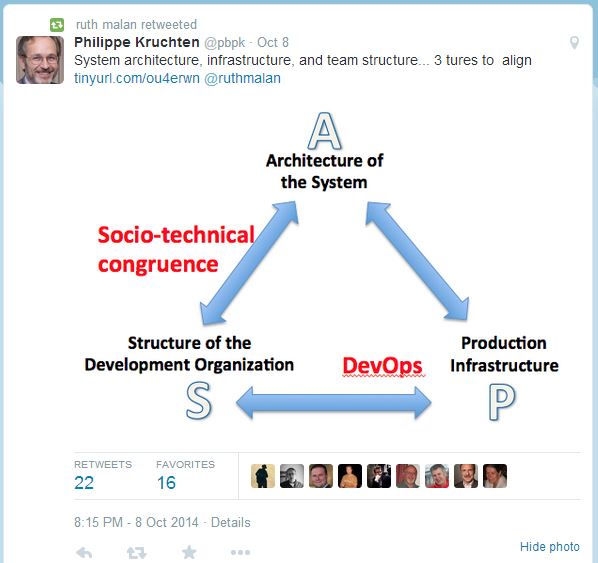If you look at climbing Mt. Everest as a 12,000′ ascent from the first base camp, mountain climbing is tough, too. But the 12,000′ ascent is only the start of what makes climbing Everest hard. The cold, wind, blinding snow, ice, lack of oxygen, and some difficult technical climbs combine to make it really hard.
Systems and software architecture are really hard too. Integrating disparate technologies to create a robust solution to a challenging problem is a tough job. But like mountain climbing, this is only the start of it. Systems are created for people, by people. And today’s systems are large enough, and draw from many knowledge domains (both problem and solution), that no one individual can possibly be an expert.
This means that politics, personalities, collaboration and communication become a critical driver. And of these, communication is at the root. I’m not talking about listening in meetings or writing good documents. This is certainly part of it. But what I’m calling communication is really about:
— the high-fidelity, efficient transfer of understanding, between people —
I believe that this is the next frontier in systems development, and that this will be a major part of the architect’s job (if if isn’t already). To read more about why I believe this, check out: https://charliealfred.wordpress.com/architect-as-guardian-angel-and-spinal-cord/
